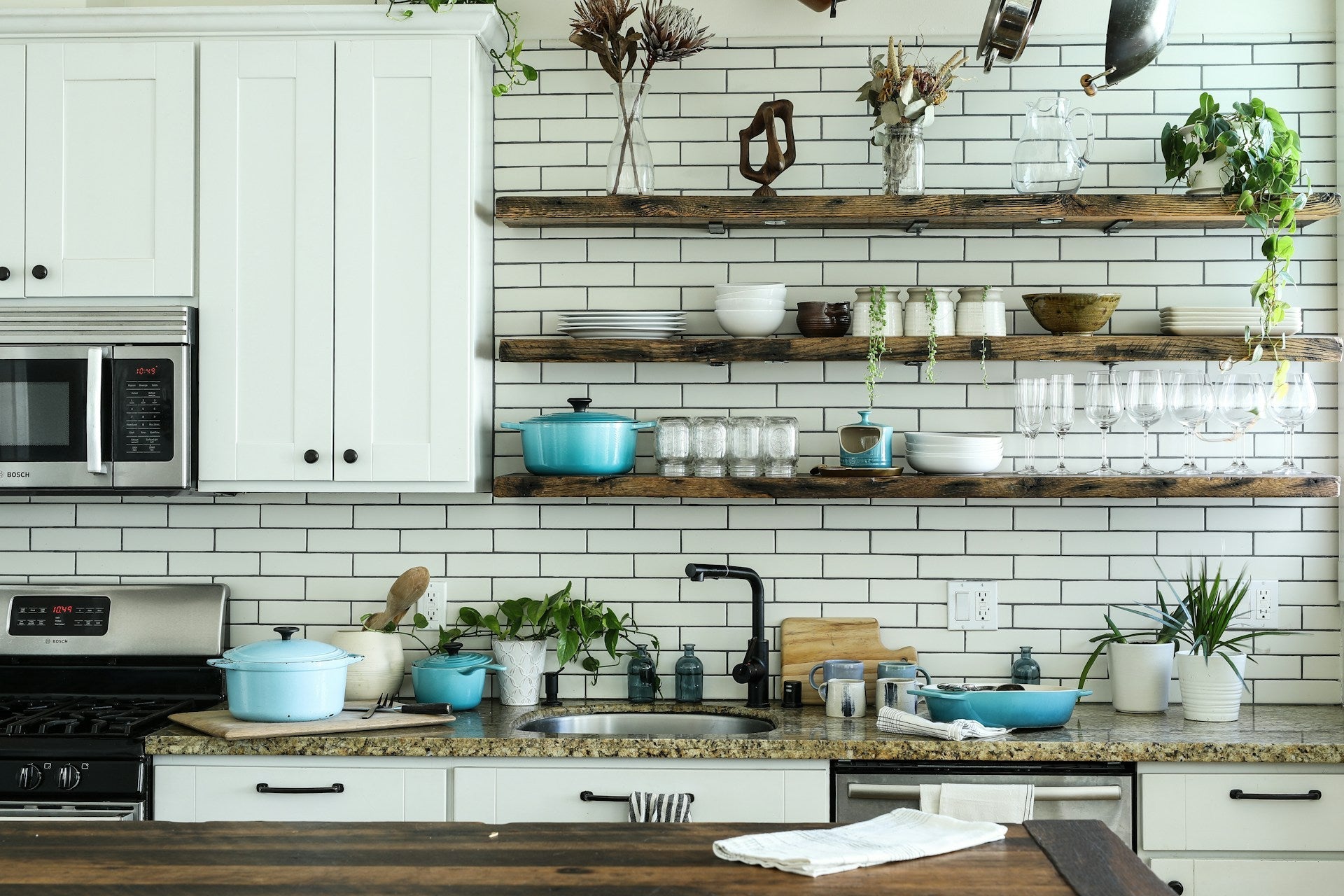A gallery rail kitchen shelf can be one of the most practical and stylish ways to keep your spices organized. It turns a plain wall into an easy-access spot while adding character to your kitchen setup. When spices are neatly stored and easy to grab, cooking feels smoother. You spend less time hunting down the cumin and more time focusing on your favorite recipes.
Having an organized shelf goes beyond convenience. When your spices are lined up within reach, labels facing forward and lids tightly sealed, it makes your kitchen feel more complete. It also cuts down on cluttered cabinets and reduces waste. You know what you have, so you're less likely to double-buy or let jars expire in the back of a drawer. And let’s be honest, a tidy row of matching spice jars along a shelf just looks good.
Choosing the Right Gallery Rail Shelf
Before organizing anything, the shelf itself has to be right for the space. There’s no one-size-fits-all when it comes to gallery rail kitchen shelves, especially when you're planning to use them for spice storage. Durability, proportion, depth, and style all make a difference in how well the shelf actually works day to day.
Start with materials. Solid wood is always a strong choice because of its support and classic look. White oak or walnut bring warmth and weight, while cherry or maple still offers strength with a smoother grain. Think about the finish too. A matte or satin surface is usually better for a kitchen since it’s easier to clean and doesn’t show fingerprints as much.
Then comes sizing. Spices usually come in small containers, but once you start lining up ten or twenty jars, every inch matters. A shelf that’s too short won’t give you enough room, and one that’s too deep looks awkward and wastes space. Ideally, a depth of 4 to 5 inches supports standard spice jars without letting them fall over the edge or crowd together.
A gallery rail along the front adds both function and style. It helps keep jars from slipping forward while adding a decorative touch that makes the shelf feel more intentional. Just make sure the rail’s height doesn’t hide your labels. You want everything to be visible at a glance, especially during busy weeknight dinners.
It’s also smart to plan where the shelf will hang. Right above the counter where you usually prep is a good spot. That way you’re not stretching across the kitchen or blocking other work areas just to reach the oregano. If you’re working with limited space, consider installing two shorter shelves instead of one long one. It lets you group spices more naturally and breaks up the layout in a way that feels balanced.
Here’s a quick checklist to use when picking your gallery rail shelf:
1. Choose a hardwood with a sealed finish for easy upkeep.
2. Make sure the shelf is deep enough to hold your tallest spices.
3. Keep the rail height low enough so labels aren’t hidden.
4. Match the shelf’s tone to nearby cabinets or countertops.
5. Hang it close to where you cook or prep the most.
Taking a little time to get the shelf choice right makes everything easier down the line. You want something that works for you every day without constant adjustments or second-guessing.
Categorizing and Labeling Spices
Once you’ve got your gallery rail kitchen shelf in place, the next step is figuring out how to fill it without making it feel chaotic. Tossing jars up there randomly is tempting, but it creates more frustration than it solves. A little structure goes a long way.
Start by sorting your spices into simple categories. Everyone cooks differently, so build this around how you actually use them. That might mean splitting them up like this:
- Most-used daily spices (salt, black pepper, garlic powder)
- Baking spices (cinnamon, nutmeg, clove)
- Herbs for roasting (thyme, rosemary, sage)
- International flavors (cumin, turmeric, curry powder)
You could also sort alphabetically if that makes fast lookup easier, but grouping by use tends to be more practical.
Labeling is where a lot of people overthink. Fancy labels are nice but not necessary. What matters most is clear writing and consistency. A simple sticker label on the front or top of each jar works fine as long as it’s easy to read. If you’re using various types of jars, try to unify them at least partly, either by using the same size or the same lid color, so they don’t look mismatched.
Think about visibility too. If your shelf is at eye level, label fronts are perfect. But if jars are viewed from above or at an angle, top labels might be better. The goal is to make your spices easy to spot with just a quick look.
There’s no need for a complete overhaul of your spice collection in one afternoon. You can build it piece by piece. Start by reorganizing just your top ten most-used spices using the methods above. You’ll probably find that the rest fall into place more easily once that part’s finished.
Maximizing Space and Accessibility
Even a small gallery rail shelf can hold more than you might think when things are arranged with intention. Spice jars aren’t all the same size, and it's easy for shorter ones to get lost behind taller ones. Lining things up thoughtfully can make daily cooking a lot smoother.
Here are some ways to make the most of the space:
- Use tiered risers to create levels. That way, every jar is visible, even the ones in the back.
- Try a lazy Susan or small rotating rack on the shelf if it’s deep enough. This adds quick access without overcrowding.
- Keep everyday spices up front and seasonal ones toward the back or sides.
- Use square or hexagon-shaped jars to cut down on wasted space between each container.
- Line the bottom of the shelf with a grip liner to stop jars from sliding when you grab one quickly.
Matching the height of your spice jars to your shelf matters more than it seems. If your rail is too high or your jars are too short, you might find yourself constantly tilting things just to read the labels. Using uniform jars improves visibility and saves you time every time you cook.
If the shelf is higher than eye level, you’ll want to keep heavier or less-used spices off that spot. Instead, place the spices you reach for most often lower or closer to your main prep zone. This small change keeps your flow consistent when you're in the middle of a recipe.
Some people use two short gallery rail shelves stacked a few inches apart along a backsplash wall. One shelf can hold whole spices and the other ground ones. That split makes it easier to grab the right jar without things feeling crowded.
Maintenance Tips for Your Spice Shelf
Once your shelf is set up and running smoothly, a little upkeep now and then keeps it functioning and looking its best. Spices don’t last forever, and spills happen, so treating the space like part of your regular kitchen routine helps a lot.
Start by giving the jars and shelf a light dusting weekly. Even if it doesn’t look dusty, fine particles build up fast in kitchens. A soft cloth or handheld vacuum with a brush tip makes this quick and easy.
Every few months, try this simple checklist:
1. Wipe the entire shelf with a damp cloth and mild cleaner. Avoid anything too strong that could wear down the finish or metal rail.
2. Check expiration dates and take a quick sniff of anything you haven’t used in a while. If it smells flat, it’s time to replace.
3. Refill jars that are running low. It cuts down on mid-recipe surprises.
4. Refresh any worn or faded labels. Kitchens see a lot of light and steam, both of which can wear labels out quickly.
Tying this check-in with seasonal kitchen cleanups can help make it a habit. Fall pantry restocks, post-holiday resets, or spring cleans are great times to renew and rearrange your spice setup.
Take a look at how the jars are sitting too. If you notice any shifting or leaning, it could be time for a quick rearrangement. Subtle changes can reset the flow and ease of use.
Your Shelf, Your Style, Your Kitchen Flow
Getting your spices set up on a gallery rail shelf may take a little effort at first, but once everything’s in order, your kitchen routines change for the better. It becomes easier to find what you need, your counters stay clearer, and the whole space feels more put-together.
A good system doesn't just keep things tidy. It supports the way you cook, encourages more spontaneous flavor choices, and even shows off a bit of your personal style. Whether you’re grabbing herbs for a weeknight salad or spicing up a special weekend meal, everything you need is right where it should be.
Your gallery rail shelf becomes more than storage. It works with you every day, helping your kitchen run just a little smoother.
After arranging your spices with care and precision, your kitchen transforms into a more streamlined and efficient space. To take your organization to the next level, explore how a beautifully crafted gallery rail for kitchen shelf can bring both form and function to your setup. At The Mortise & The Hare, we offer pieces that seamlessly match your style while standing up to everyday use.




Share:
Quick Solutions for a Squeaking Floating Shelf with Rail
What to Do When Your Floating Walnut Shelf Shows Wear